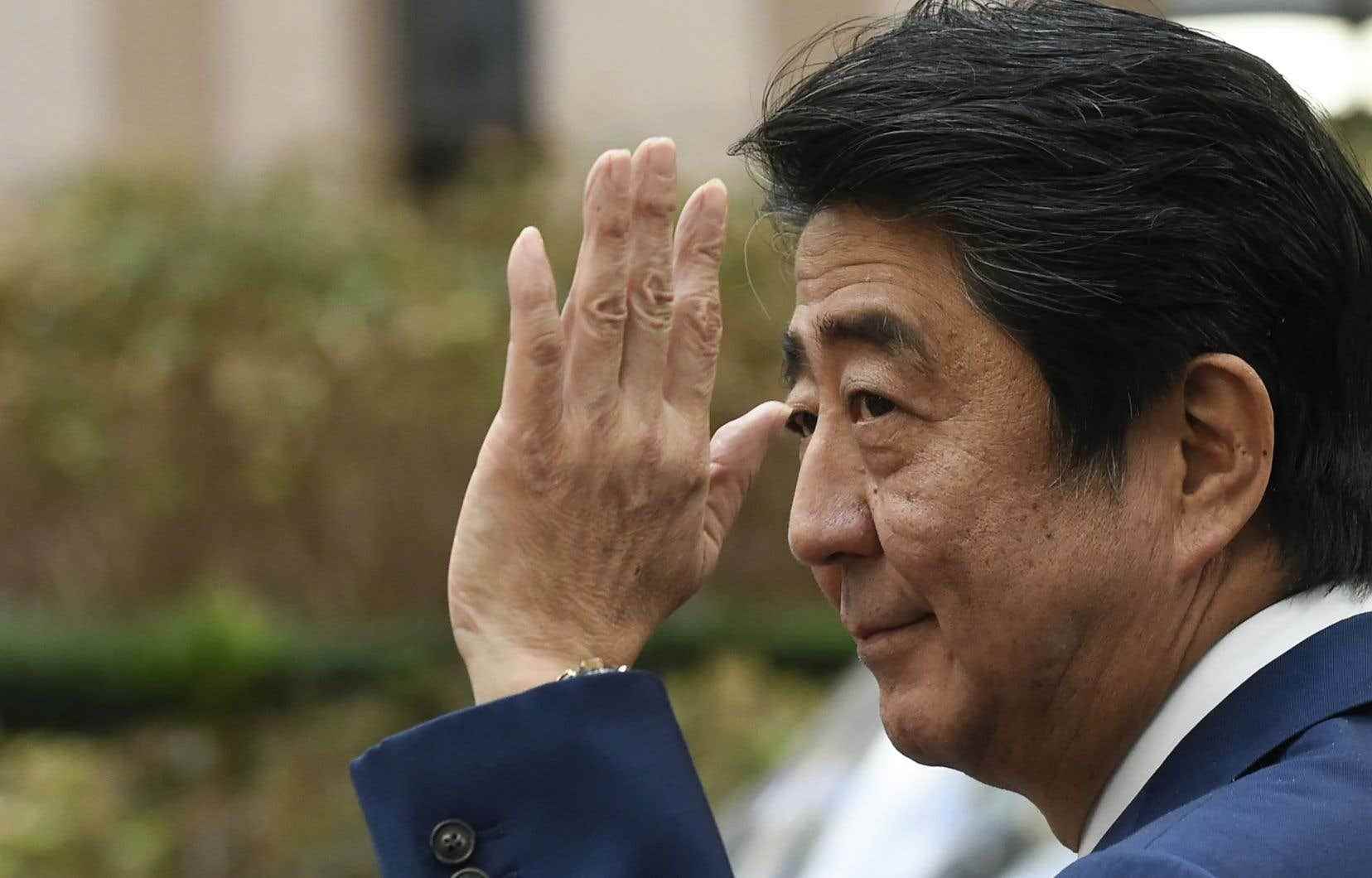Shinzo Abe, shot dead on Friday in Nara (western Japan), broke longevity records at the head of his country, whose political life he deeply marked, resisting numerous political and financial scandals around him and his relatives. .
Almost two years after stepping down as prime minister for health reasons, Mr Abe, 67, died in Kashihara hospital hours after being shot while campaigning election on the street in Nara, the establishment said.
This nationalist tinged with pragmatism was 52 years old when he became head of government for the first time in 2006, the youngest of the post-war period in his country.
He made an impression during his second term in power (2012-2020) with a bold economic recovery policy and intense diplomatic activity, but which left a deep feeling of incompleteness.
In the summer of 2020, when he had become unpopular for his management of the pandemic deemed clumsy by public opinion, he admitted that he suffered from a chronic inflammatory bowel disease, ulcerative colitis, and resigned shortly thereafter. This illness was already one of the reasons for the abrupt end of his first stint in power in 2007.
Shinzo Abe is best known abroad with his economic policy dubbed “Abenomics” launched from the end of 2012, combining monetary easing, massive fiscal stimulus and structural reforms.
It has recorded certain successes, such as a notable increase in the activity rate of women and seniors, as well as greater recourse to immigration in the face of the labor shortage.
Partial successes
However, due to a lack of sufficient structural reforms, Abenomics has produced only partial successes.
The ultimate ambition of this heir to a large family of conservative politicians was to revise the pacifist Japanese Constitution of 1947, written by the American occupiers and never amended since.
Having built part of his reputation on his firmness vis-à-vis North Korea, Mr. Abe also advocated a Japan uninhibited from its past: in particular, he refused to bear the burden of repentance for the abuses of the Japanese army. in China and the Korean peninsula in the first half of the 20th century.
Mr. Abe, however, refrained from going as prime minister to the Yasukuni shrine in Tokyo, a hotbed of Japanese nationalism, since his visit there at the end of 2013 outraged Beijing, Seoul and Washington.
Relations between Tokyo and Seoul have deteriorated against the backdrop of their historical disputes, while those with Beijing, which had warmed up a little at the same time, remain tortuous.
With Japan’s great ally, the United States, Mr. Abe always adapted and had managed to establish close ties with Donald Trump, with whom he shared a passion for golf.
Shinzo Abe also tried not to offend Russian President Vladimir Putin. His hope of settling the dispute over the Southern Kuril Islands, annexed by the Soviet Union at the end of World War II and never returned to Japan, however, proved futile.
Controversial laws
He has also tried to strengthen Japan’s presence on the international scene, for example by taking on the role of mediator between Iran and the United States, promoting multilateralism and multiplying free trade agreements.
To last in power, Mr. Abe largely took advantage of the absence of a serious rival within his political formation, the Liberal Democratic Party (PLD, nationalist right) and the weakness of the opposition, which does not is still not recovered from its disastrous stay in power between 2009 and 2012.
Certain laws passed under Mr. Abe, in particular on the strengthening of the protection of state secrets, the expansion of the missions of the Japanese Self-Defense Forces and the hardening of the fight against terrorism, have caused controversy in Japan, going as far as lead to large demonstrations, usually rare in the country.
He had also long clung to hopes of keeping the Tokyo Olympics in the summer of 2020, which was to be the high point of his final term. The Tokyo Olympics finally took place a year later, behind closed doors.
